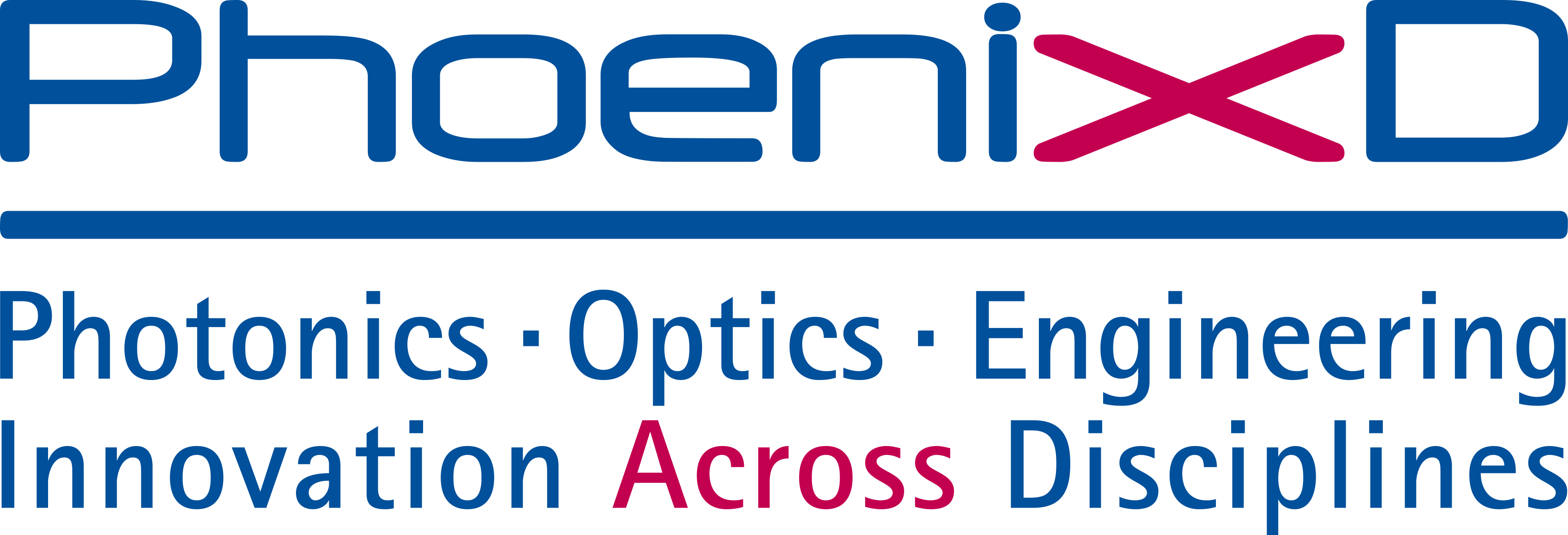The Hannover Centre for Optical Technologies has state-of-the-art nanomanufacturing systems, including UV nanoimprint lithography (UV-NIL). This technology allows the precise fabrication of optical nanostructures with high resolution. In modern photonics, diffractive optical gratings play a central role, particularly in miniaturised spectrometers, which are important for compact and portable analytical devices in the life sciences, environmental technology and industrial applications.
The aim of this work is to develop a diffractive optical grating optimised for the spectral range of 500-650 nm.
Depending on the scope of the work (study, bachelor's or master's thesis), the task will be adapted so that the design and simulation of the grating, the selection of a suitable nanofabrication process, and the production and experimental validation of the grating using the UV-NIL system or the experimental validation and efficiency evaluation can be part of the work.
The work should investigate the extent to which photonic lithography processes can contribute to the miniaturisation of spectrometers and how efficiently the manufactured grating works compared to the simulated results. Miniaturised spectrometers are required for life sciences, environmental technology and industry applications.
Hannes Robben, a doctoral student at the Hannover Centre for Optical Technologies, will be happy to answer any questions (phone: +49 511 762 14685; email: hannes.robben@phoenixd.uni-hannover.de).
Would you rather work on a different research question in optics and photonics? Then get in touch with Hannes Robben and discuss your topic with the team.

![[Translate to English:] Zwei junge Frauen und drei junge Männer beugen sich über einen Laptop auf einem Tisch](/typo3temp/assets/_processed_/3/5/csm_b38033f1f2e7cace9ef500573cda56a4515ebf62-fp-16-9-6-47_aca41ea14d.jpg)
![[Translate to English:] Zwei junge Frauen und drei junge Männer beugen sich über einen Laptop auf einem Tisch](/typo3temp/assets/_processed_/3/5/csm_b38033f1f2e7cace9ef500573cda56a4515ebf62-fp-16-9-6-47_267cfb828c.jpg)
![[Translate to English:] Zwei junge Frauen und drei junge Männer beugen sich über einen Laptop auf einem Tisch](/typo3temp/assets/_processed_/3/5/csm_b38033f1f2e7cace9ef500573cda56a4515ebf62-fp-16-9-6-47_4e10a6bac9.jpg)

